Tagged Results
Stories

The story of Banqueting House
Four hundred years of history and the site of a royal execution

The execution of Charles I
Killing of a 'treasonous' King

The masque
A fabulously extravagant early 17th century court entertainment
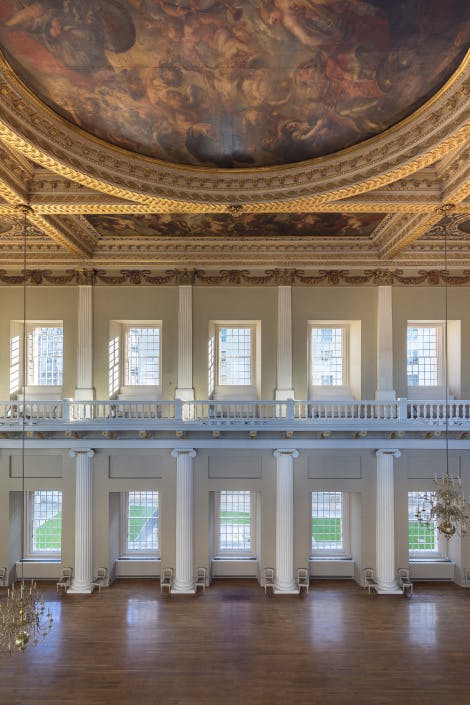
The Rubens ceiling
The crowning glory of the Banqueting House
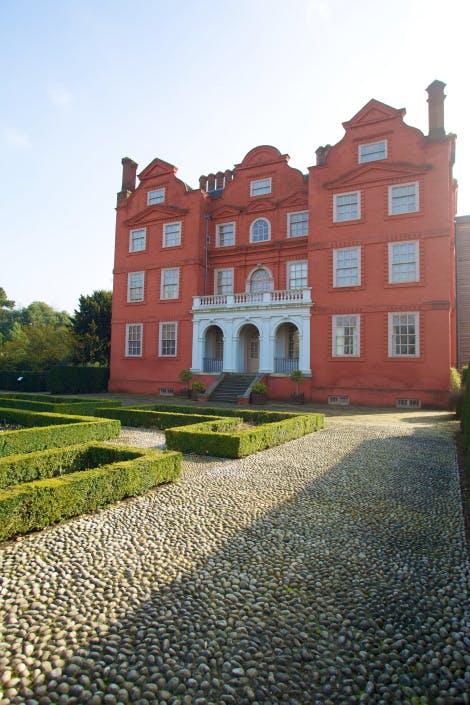
The story of Kew Palace
Britain's smallest royal palace and George III's private retreat

The story of Kensington Palace
An elegant retreat for Britain's royal family

The story of the Tower of London
Iconic fortress, royal palace and infamous prison.

William Kent
Royal artist, architect and designer to Georgian kings
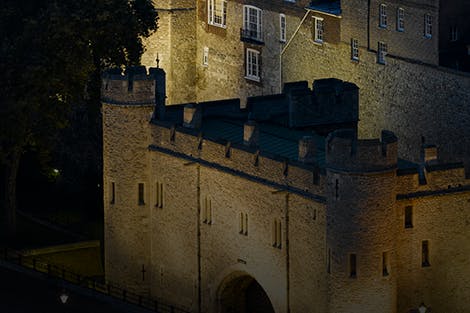
The Medieval Palace
Luxurious royal lodgings from the 1200s
What's on

- For members
- Events
Members-Only Day at Banqueting House
Explore the Banqueting House, Whitehall on this exclusive members-only day after its temporary closure. Learn all about this iconic building and its rich history.
-
26 February, 21 March, 10 April, 02 May
- 10:00 - 16:00 (last entry at 15:00)
- Banqueting House
- Separate ticket (advance booking required)

- Things to see
The Undercroft
Explore the vaulted drinking den beneath the Banqueting House, which was used by James I and VI for decadent royal parties.
- Banqueting House
- Included in palace admission (Members go free)

- Things to see
Banqueting Hall
Experience James I and VI's breathtaking Banqueting Hall, created in 1622 as a venue for extravagant Jacobean entertainments.
- Banqueting House
- Included in palace admission (Members go free)

- Things to see
Inigo Jones' architecture
Find out what remains of Whitehall – known as one of the first examples of Palladianism in British architecture.
- Banqueting House
- Included in palace admission (Members go free)
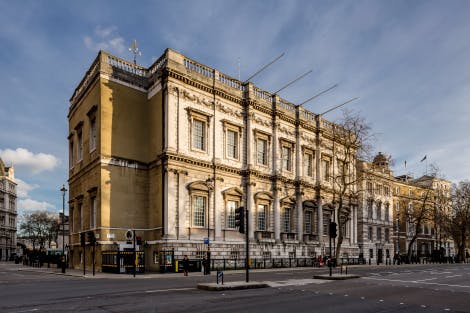
- Things to see
Charles I’s execution site
Walk in the footsteps of the condemned King and stand on the spot of Charles I's execution, just outside Banqueting House.
- Banqueting House
- Included in palace admission (Members go free)

- Things to see
- Tours and talks
The Castle
Discover elegant State Rooms still used by the royal family inside Hillsborough Castle.
-
Closed. Reopens 14 March 2026.
- Hillsborough Castle
- Included in combined castle tour and gardens tickets (Members go free)

- Things to see
White Tower
Marvel at the imposing White Tower, a magnificent example of Norman architecture at the heart of the Tower of London.
-
Open
- Tower of London
- Included in palace admission (Members go free)

- Things to see
The King's State Apartments
Wander through the lavish rooms of the King's State Apartments, each one grander than the last, at Kensington Palace.
- Open
- In line with palace opening hours
- Kensington Palace
- Included in palace admission (Members go free)

- Things to see
- Tours and talks
Yeoman Warder tours
Tour the Tower of London with a famous Yeoman Warder during your visit. Be entertained by tales of intrigue, imprisonment, execution, torture and much more...
-
Daily
- Tours begin every 45 minutes
- Tower of London
- Included in palace admission (Members go free)
Discover more

Unearthing two early Tudor buildings at Hampton Court Palace
In 2017, two early Tudor buildings were unexpectedly discovered in a small trench excavated during conservation works on a set of historic railings. The bricks used were dated to Cardinal Wolsey's building phase, (1515-1529), or possibly even slightly earlier.

Architectural drawings
The Historic Royal Palaces Architectural Drawings Collection is an archive of historic and modern drawings detailing the architectural histories of the palaces in the late 19th and 20th centuries.
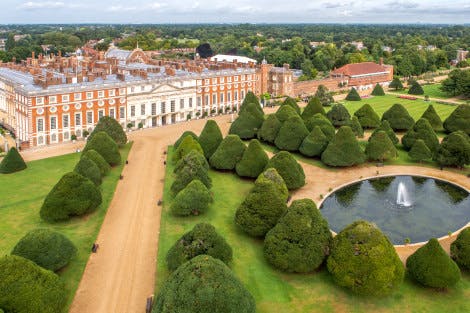
Sir Christopher Wren's Hampton Court Palace
Head of Historic Buildings Daniel Jackson looks at one of Sir Christopher Wren's most famous and problematic projects: the remodelling of Hampton Court Palace.

Two skeletons found at the Tower of London
Curator of Historic Buildings Alfred Hawkins explains the results of continued analysis of a 2019 excavation at the Tower of London, and what they can tell us about the Tower community.

The Commonwealth Games
Curator Brett Dolman looks briefly into the history of the Commonwealth Games and imagines Henry VIII’s forgotten cricketing disaster at Hampton Court.

Henry VIII Funeral
Curator of Historic Buildings Alden Gregory explores the elaborate hearse created to mark Henry VIII’s death, and how it links to the King’s use of temporary architecture during his life.

Restoring Hillsborough's Courthouse Clock
An exciting conservation project has been undertaken in Hillsborough. The courthouse clock - which stopped over 30 years ago - has been revived and is chiming once again. Our conservator David Orr was thrilled to discover the history of this important horological piece...
